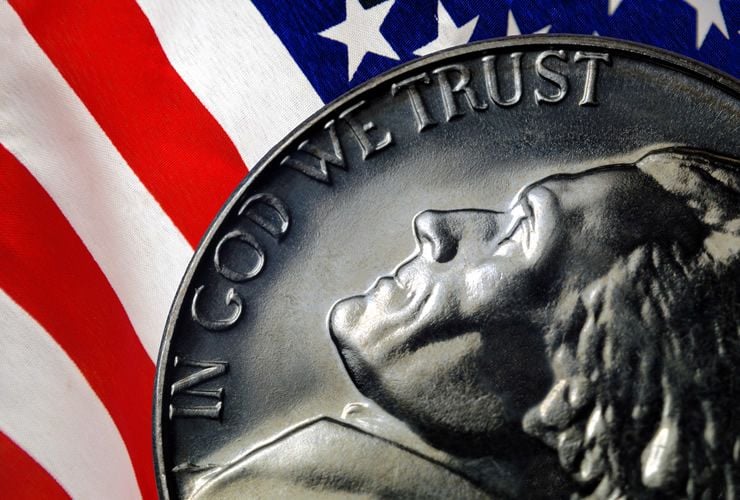Pound to US Dollar Rate Jumps After Payrolls And Wages Disappoint
- Written by: James Skinner

Multiple factors have weighed on the dollar of late but August's payrolls, wages and unemployment data pose a serious threat to dollar bulls and are good news for the pound to dollar exchange rate.
The pound to US dollar rate spiked in noon trading Friday after August payrolls and wage growth figures disappointed markets, prompting a broad sell off in the dollar, adding to an earlier boost seen by the currency pair in the wake of stronger than expected UK manufacturing data.
August saw the US economy add just 156,000 new jobs, far beneath the economist’s consensus for growth of 180,000, while wages grew at a much slower than expected pace of 0.1% for the month.
The latter number means that American wages grew at a rate of 2.5% in the 12 months to the end of August but, adding to the turmoil for the dollar, the unemployment rate crept higher by 10 basis points during August, to 4.4%.
“One of these days, all that US job creation is going to spill over into higher wage rates, but those days aren't here yet...The Fed wants to see at least a hint of inflation before resuming its rate hike path, and at least in these wage numbers, it wasn't there,” says Avery Shenfeld, chief economist at CIBC Capital Markets.
The pound to US dollar rate rose sharply by more than 50 points in response to the release, with bids and offers accepted around the 1.2998 level, while the euro to US dollar rate shot up by more than 80 points to be quoted at 1.1981. The US dollar index fell by 40 points to 92.21 in the immediate aftermath of the release.
“Hurricane Harvey had no discernable effect on the employment and unemployment data for August. Household survey data collection was completed before the storm,” says the Bureau for Labor Statistics.
Traders have been eyeing US data closely in order to gauging the likely appetite of the Federal Reserve for further rate hikes, something that was seen as diminishing during August due to persistently low inflation and the potential for political dysfunction in Washington to drive a slowdown of economic momentum.
“The probability of a fed funds rate hike in December is now at just 28%,” says Derek Halpenny, European head of global markets research at MUFG, in his morning note.
The US dollar gained a moment of respite from a year to date sell off earlier this week, with the dollar index rising from a low of 91.64 to a high of 93.35 in the wake of a sharp upward revision to second quarter GDP, although it has since turned south again and appears to be resuming its decline.
“Markets have been underestimating the Fed. The consensus is that the Fed will focus more on low inflation and stay on hold. We argue that the Fed will focus more on loose financial and monetary conditions, as well as risks to financial stability from asset price bubbles, and will continue normalizing policies gradually,” wrote Athanasios Vamvakidis, an FX strategist at Bank of America Merrill Lynch, in a Thursday note.
Beyond the payrolls and economic debate, speculators are increasingly beginning to position for the now customary jitters over the annual debt ceiling debate, which refers to a self-imposed debt limit for the Federal Government in the US.
The debate has greater significance in 2017 after President Trump said he wouldn’t sign an increase to the debt limit if Congress does not produce a bill authorising funding for the controversial wall along the Mexican border.
Any failure to agree an increase in the debt limit would result in a government shutdown, with federal workers furloughed in order for the Treasury to conserve cash. In a very extreme scenario, where the Treasury runs out of cash, it could also result in the US defaulting on some of its short term obligations.
The US Treasury is forecast to reach its debt limit some time in October although the exact day is not known.




